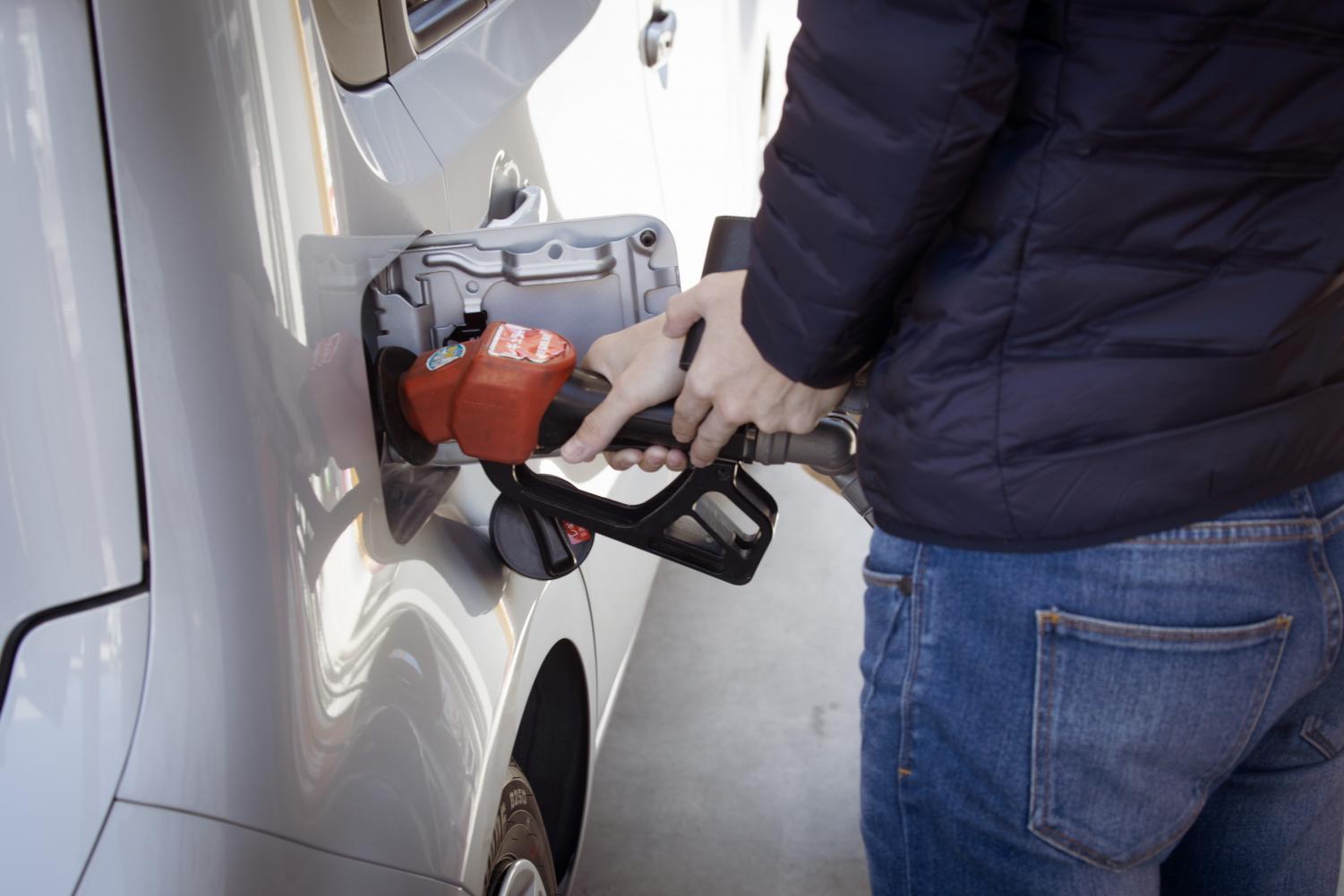In late September Gov. Gavin Newsom released a mandate for all cars sold in the state of California to be electric by the year 2035. California ranks as the least-healthy air quality in the country and the exhaust pipes of our cars and trucks are the leading culprits of our state’s air pollution. Logically, the switch to renewable energy is for our long-term benefit.
However, for a 15-year timeline, these multibillion dollar adjustments are not only a strain for the automobile companies, electric companies and public transportation sectors, but also for the average citizen. Although Newsom may have our best interests at heart, his plan remains over-ambitious and costly.
TOO MANY GOALS, TOO LITTLE TIME
In order for Newsom’s plan to be even mildly realistic, some foundational aspects of our lives would need to be drastically changed. Many gas stations will need to be restructured into charging stations, and for those driving long distance, recharging will look more like hours of waiting, rather than a few minutes of pumping gas.
To combat this issue, Newsom’s plan includes advancing public transportation by increasing the accessibility and range of buses and trains, and converting those to clean energy, as well. However, sometimes we do not want to take public transportation. There is convenience in having a car to use at will when traveling, whereas buses and trains run on their own schedule. In this way, travel becomes much less convenient.
During this time of international strife, Newsom aims to use the upward momentum of the economy—following the coronavirus recession—to create jobs for a desperate labor market in these fields of clean energy. However, these jobs will require qualified and experienced individuals, which may hinder filling these positions at the rate oil and gas workers will be losing their jobs. Job market aside, the money that would be required to make these changes—from corporations, our tax dollars and personal electricity bills—would still enormously burden the population. For such a great endeavor, 15 years may be too short a time to implement all of this without serious complications.
MORE ELECTRICITY, MORE WILDFIRES
Newsom recognizes that the chemicals released from cars makes for worse wildfires, but he neglects to address the fact that power lines are responsible for at least 10% of the state’s wildfires, if not more, including many of the record-breaking fires in recent years.
Increasing electricity rates by introducing more electric cars may cause more problems during the fires than solutions. For those who keep their cars in their garage or have an electrically-powered gate for their neighborhood or driveway, a power outage could mean trapping them in their homes with no chance of escape. If a person had not recharged their car, or a power outage had cut off recharging stations, it could be detrimental to that person. Power outages during fire season already greatly inconvenience people at least, and at most put our lives in potential danger, and switching to electric cars would only exacerbate those issues.
However, power lines could be rerouted to avoid power outages—by relocating power lines underground. This would, of course, cost hundreds of billions of dollars and for a company that just recently crawled its way out of bankruptcy, PG&E may not be inclined to make those changes anytime soon. Relocating power lines also does not account for damage to environmentally sensitive areas and there has been little research regarding any possible consequences of such relocation.
While our electricity concerns need to be addressed and fixed, introducing more electrical requirements at such a time is far from wise.
THE PLAN IS HIGH RISK
Looking out over the perpetual smog of the Los Angeles horizon, we clearly need to make some changes. We cannot continue to perpetuate this air quality. Unfortunately, Gov. Newsom’s plan to save us and our lungs is concerning and less than ideal. As a state plagued by wildfires, we need to be cautious of how we address our problems and ensure that we are not making matters worse.
Eventually, our car habits will likely need to change, but relying on electricity is high risk and unreliable with the unstable state of our environment.











